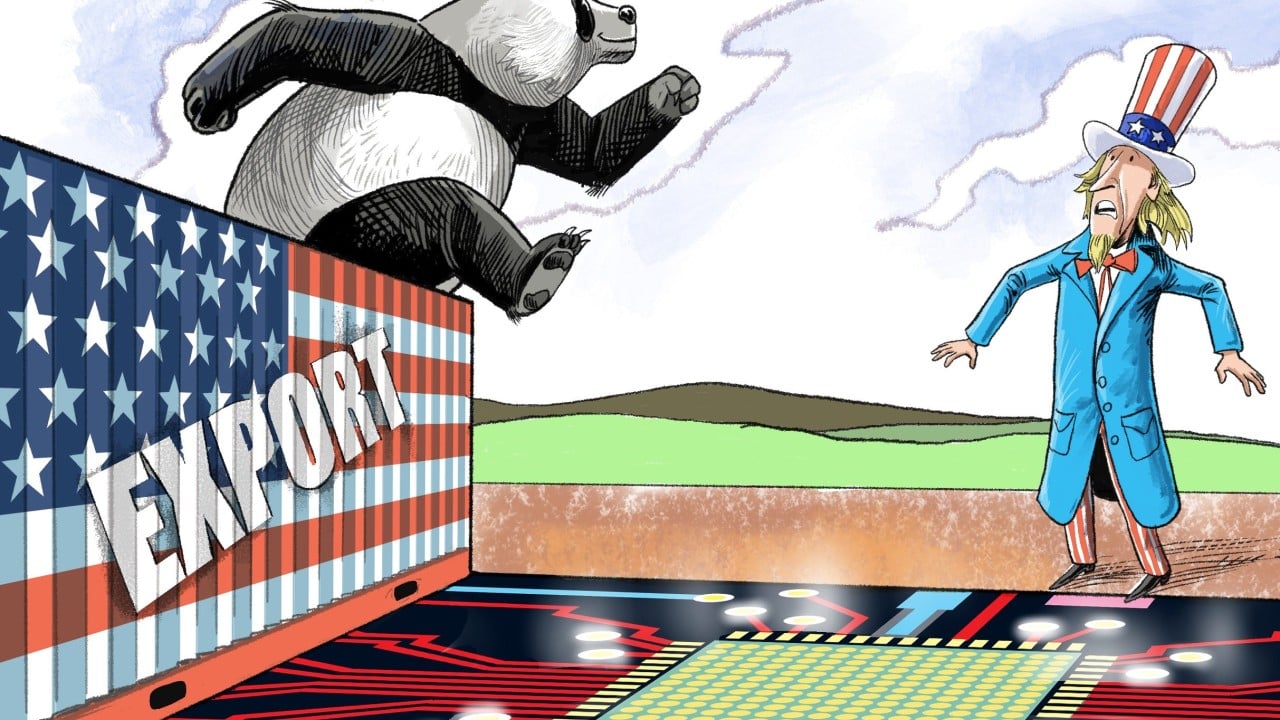OpenAI CEO Sam Altman has warned that export controls alone are not an effective strategy to curb China’s development of artificial intelligence (AI). He’s absolutely right.
Advertisement
China’s rapid ascendancy in the global AI race is becoming increasingly evident, driven by its strategic focus on engineering, application-driven development and alignment with national policy. While the US continues to rely on export bans to slow China’s progress, this approach is unlikely to succeed against Beijing’s multifaceted and resilient strategies.
The Trump administration has implemented a series of export restrictions aimed at limiting China’s access to advanced AI chips and semiconductor manufacturing equipment. Although it recently reversed a ban to allow Nvidia to sell its less-advanced H20 chips to China, Washington continues to prohibit the export of cutting-edge chips like Nvidia’s H100, due to concerns that such technology could help China close the AI gap.
Last week, the US Commerce Department announced further restrictions: South Korean chipmakers Samsung Electronics and SK Hynix will now need licences to buy equipment from American firms such as KLA Corp, Lam Research and Applied Materials for their Chinese production facilities. These new rules, effective in 120 days, revoke previous authorisations that allowed these companies to receive US semiconductor manufacturing equipment in China, according to the Federal Register.
While these measures may temporarily slow China’s access to foreign technology, they are unlikely to halt its AI momentum. China’s strategy is not dependent on any single source of technology or expertise. Instead, it is building a robust, self-sustaining ecosystem that can thrive even under international constraints.
Advertisement
First, unlike the US, which often relies on legal and regulatory frameworks to shape technological competition, China emphasises engineering solutions to overcome obstacles. In response to export bans, China has mobilised domestic tech giants like Alibaba Group Holding and Huawei Technologies to develop indigenous AI chips. This shift reduces reliance on foreign suppliers and strengthens China’s capacity to train AI models using home-grown hardware.

